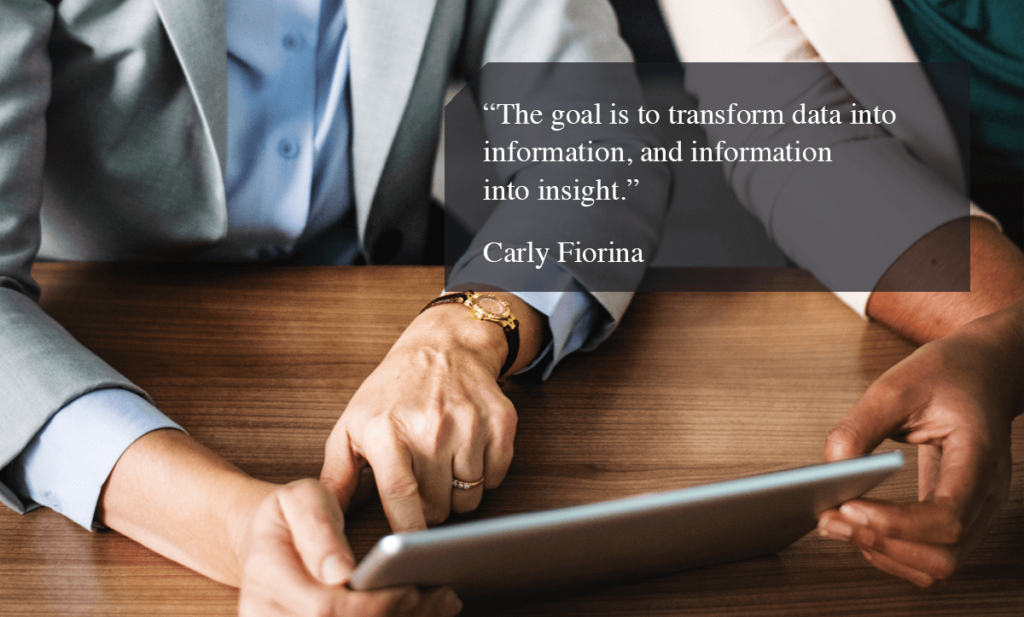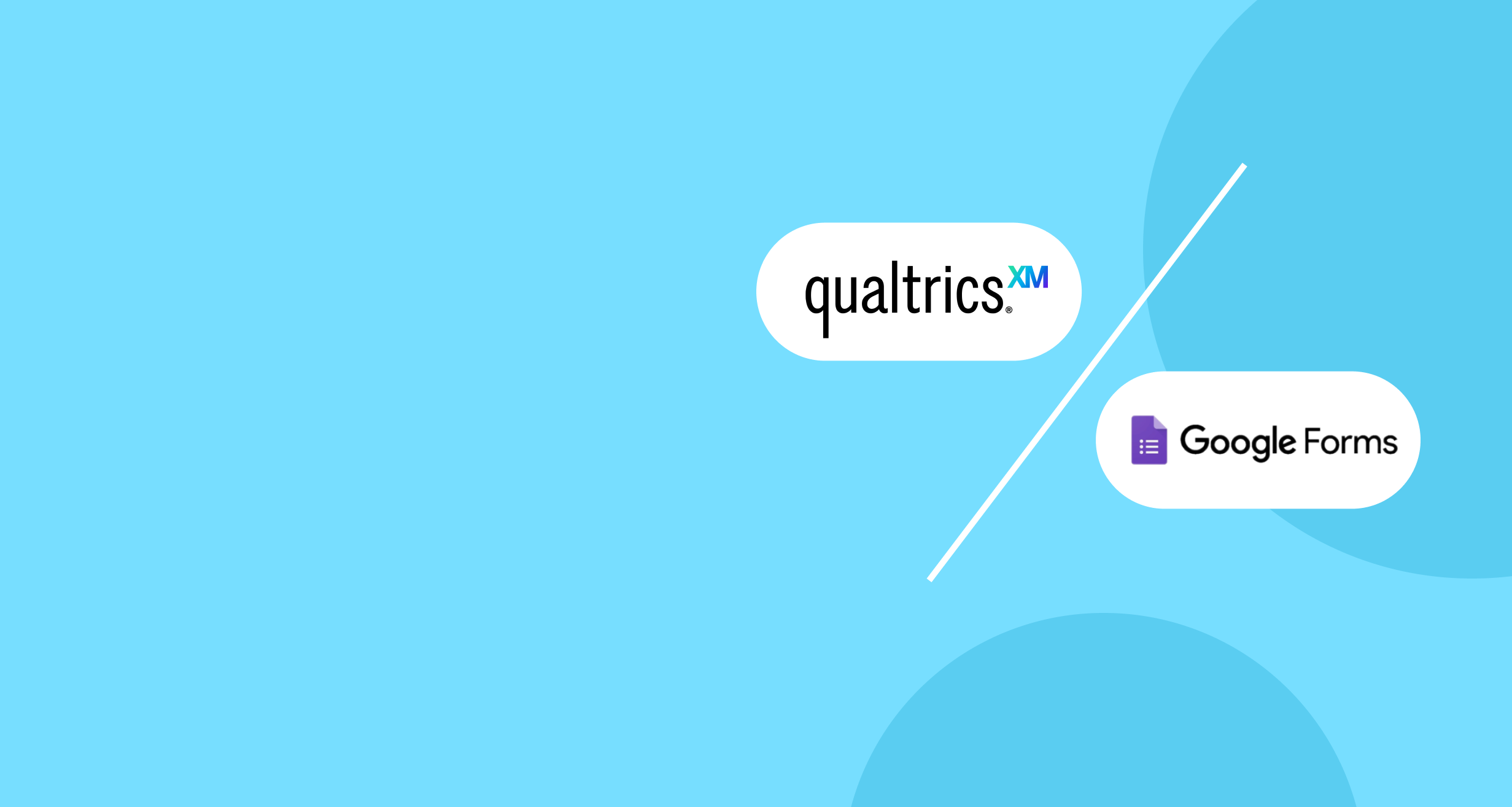Survey & Feedback
Field Data Collection Process: 7 Key Things Your Boss Wants to Know
Article written by Mathew Maniyamkott
Regular contributor to various magazines. Passionate about entrepreneurship, startups, marketing, and productivity.
11 min read
19 September 2025

60-Second Summary:
Field data collection is essential for accurate, real-world insights and surely something your boss definitely cares about. This blog breaks down seven must-know aspects, from choosing between paper and mobile methods to ensuring data quality and budgeting smartly. You'll learn why offline capabilities matter, how to select the right tools, and what it really costs to collect high-quality data in the field. Whether you're optimizing current processes or starting from scratch, these tips will help you make informed decisions and impress leadership.
Ever been in a meeting where your boss asks, "So, how exactly are we collecting this field data?" and you freeze up like a deer in headlights? Don't worry, we've all been there! Field data collection isn't just about wandering around with clipboards anymore (though that mental image is pretty hilarious). It's become a more sophisticated process that can make or break your research project.
Here's the thing: field data collection comes with its own unique set of challenges. You've got demographic restrictions, logistical nightmares, and the constant worry about whether your data collection tools will actually work when you need them most.
But here's some good news, we're about to walk you through the seven key steps that'll make your field data collection process smoother. Ready to impress your boss? Let's go!
What Makes Field Data Collection So Special?
Before we jump into the nitty-gritty, let's talk about why field data collection is important.
Unlike online surveys, field surveys does the work in the real world where internet connections are spotty, people are busy, and Murphy's Law reigns supreme. It's research in the wild, and that's exactly what makes it so valuable.
Mobile data collection has revolutionized how we gather information in the field, but it's not without its challenges. You need the right survey software, proper planning, and a solid understanding of your target audience.
What are the Seven Steps in the Data Collection Process?
Step 1: The Plan
Here's where most field data collection projects either soar or crash and burn. A solid plan is an absolute essential to get the right results. It is easy to go overboard on the questions. But there are only three guidelines to keep in mind while framing the questions:
What exactly is the objective of this field data collection exercise?
What information do you have on hand?
What information will you need to use?
Keep in mind that field data collection usually comes with demographic restrictions and, along with it, a few associated problems that can hinder your planning process.
Budget considerations for your field data collection:
Survey design and question development
Data collection tools and software subscriptions
Field survey equipment and devices
Team training and data collection process management
Respondent incentives (because who doesn't love a good incentive?)
Data analysis and reporting tools
Related: How field data collection became everyone’s best friend.

Step 2: The Survey
Survey design significantly impacts the field data collection procedure in terms of the number of respondents and how the data is collected, processed, and analyzed.
Backing your data with an advanced data collection and online survey tool is crucial. But that’s not an issue today, right? We have countless software in the market. What matters, though, is choosing the right one for you. Ultimately, you need a platform that will help you streamline the entire process while reaping responses.
We’ll come to this in a bit.
Before that, here are some of the best practices that you need to follow:
- Include only the questions relevant to your research audience and survey. Try to avoid optional questions if you can.
- Use straightforward language. It should be understandable at a glance.
- Remember that the respondents want to complete the form as quickly as possible, so you need to use simple language. Do not use jargon unless your audience knows the terminology and it is necessary.
- List questions in order.
Read More: How to Write Survey Questions That Will Get You The Exact Answers You Are Looking For

Step 3: The Tools
Paper or mobile? It depends on your audience.
Mobile data collection is faster, eco-friendly, and more economical at first glance. But some situations call for paper surveys – especially if you’re in a poor network zone, like a restaurant, theater, or remote town.
- In case of the latter, consider using offline survey apps. Your team can collect the info on hand-held devices, store the data in the cloud, and upload it to the platform once they are back online.
- Suppose your respondents are people with visual disabilities. In that case, you can collect the data using Braille surveys and upload the data to an online survey tool for analysis.
Mobile field data collection has many advantages, including significant error reduction, real-time reporting, calculators, conditional questions, etc.
Moreover, mobile-based field data collection is cheaper (and not only because it saves on paper). It also cuts the expense of people working long hours on the survey design, data collection, and analysis.
How to Reap Responses
But, engaging your audience is a Herculean task. Our attention spans have plummeted in the last 20 years. You need to build forms that talk to your audience. If, by sheer luck, you catch hold of their focus, maintaining it becomes the next hurdle.
But don’t worry, we have the solution for everything.
Let me give you the example of SurveySparrow. The platform helps you create conversational forms that grip the audience, raising the possibility of a 40% higher response rate. That’s not it. You can customize the 1000+ pre-designed survey templates, create one from scratch, use the AI survey feature, or use the ChatGPT plugin.
The options are endless!
Let’s assume you own an online bakery that sells finger-licking donuts. Now, first-time customers wouldn’t know how heavenly they are, right? Where can you make a difference? You can start with the order-taking forms and trigger those sweet tooths!
Donut Order Form Template
Use This TemplateDid you like it? If you find that engaging, you can access more by signing up.
Once you have the form in hand, share it via multiple platforms, collect data, and visualize it on the executive dashboard, analyze and make informed decisions based on the insights gained. All this in a single platform!
So, now, since that’s sorted, let’s get to the next point.
Step 4: The Features
Creating complex forms becomes a necessity when you are in a business that handles a lot of data.
That is why you need powerful form creation tools to smoothen the process of field data collection and analysis. Check out our blog post for the top features that you need to have in your data collection app.

Step 5: The Test
Many things can go wrong while data gathering during field research – especially if you are using a new tool.
For example, the software can go kaput; there might not be enough connectivity, and so on.
So, do you have systems to test the field data collection process? Do your respondents have the opportunity to report problems quickly?
Testing the field data collection method is time-consuming, but it can save you a lot of time later on if done right. When done, again and again, these steps will become second nature. That is why you must reduce any friction by testing the field data collection process in advance.
Step 6: The Resources
Getting feedback from customers using the field data collection process is a long-drawn approach. A lot of work goes into achieving this.
So at the most basic level, the resources that you would need for your field data collection process includes –
- A designer to design the surveys.
- A copywriter to research and craft the questions and answer options.
- Technical personnel a.k.a. the person who can work the survey software and solve any issues that might crop up.
- An analytics expert to draw insights from the data.
Of course, time is of the essence in research. Online survey tools like SurveySparrow have customizable survey templates and analytics dashboards. These features are easy to use, and can save you a lot of time on the data collection process.

Step 7: The Report
Here are the tasks that you need to do at the end of the field data collection process.
1. Give and get feedback on how it went.
- How did the entire survey process pan out?
- Are the data collection methods used fool-proof?
- How can the data collection process be improved?
- How did the respondents react to the offline survey form on the device?
- What were the challenges of the field survey?
- Does your team need extra training or resources to overcome those challenges?
2. Process the data
- If the survey was taken using paper, the information needs to be input on an Excel sheet.
- If it was on a mobile device whose data was subsequently saved into the cloud, you need to export it.
3. Analyze the data. Online survey software like SurveySparrow has dashboards to help you visualize the numbers as graphs, charts, and word clouds. Give them a try and see how they help save time on analysis.
4. Distribute the findings. Once you have analyzed the results, the next step is to distribute them to various stakeholders, including your clients (and respondents if you want). The charts, maps, graphics, and reports can help you tell a compelling story with the data.
Conclusion
You can’t build a quality product without some quality data. And while it would be great if the data we need were all available online, that’s not always the case. That’s where gathering field data becomes vital.
For example, Google Home and Echo Dot, which use speech recognition technology, would not understand the speech of different ethnicities and accents without the data from field research.
Furthermore, there’s nothing like going out and observing our environment first-hand. That’s why the best insights come from field data collection. So choosing the proper field data collection method and outlining your data collection process is of prime importance.
In this article, we’ve talked about the various steps to outline your data collection process. It will help you immensely when you present the research plan to your boss. Good luck!
And before you go, don’t forget to give SurveySparrow a try. Reach out to us if you have any queries!

Explore Deeper Customer Insights with SurveySparrow
A personalized walkthrough by our experts. No strings attached!

Create engaging surveys that people actually complete. Try SurveySparrow now!
Mathew Maniyamkott
Guest Blogger at SurveySparrow
Frequently Asked Questions (FAQs)
Field data collection involves gathering data in person or in specific locations, while online surveys are conducted digitally. Field surveys often provide richer context and reach populations that might be missed by digital methods.
Mobile data collection is generally more efficient and accurate, but paper surveys might be better for areas with poor connectivity or respondents who prefer traditional methods. Offline survey apps offer the best of both worlds.
Offline survey capability is crucial since field conditions often have unreliable internet. Look for survey software that can collect, store, and sync data when connectivity is restored.
Use data validation features, train your team thoroughly, implement quality control measures, and choose reliable data collection tools. Regular testing and monitoring are essential.
Costs vary widely based on scope, location, and methods. Budget for survey software, equipment, team training, travel, incentives, and data analysis. Mobile data collection typically costs less than paper-based methods.
Related Articles

Survey & Feedback
SurveySparrow Ranks Tenth in the Top 20 Survey Software List by Capterra!
2 MINUTES
14 August 2018

Survey & Feedback
What Is Quota Sampling? Methods, Benefits and How to Use It
10 MINUTES
5 January 2022

Survey & Feedback
Qualtrics vs Google Forms: Which Is Right for You?
10 MINUTES
30 May 2023

Survey & Feedback
How to Use a Slider Scale in Surveys: A Mini-Guide
10 MINUTES
2 March 2022
